Home / User comments

-
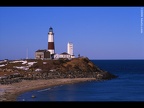 photomaster - Tuesday 14 March 2017 08:21
photomaster - Tuesday 14 March 2017 08:21 -
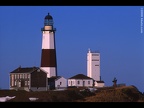 photomaster - Tuesday 14 March 2017 08:21
photomaster - Tuesday 14 March 2017 08:21 -
 photomaster - Tuesday 14 March 2017 08:16
photomaster - Tuesday 14 March 2017 08:16 -
 photomaster - Tuesday 14 March 2017 08:15
photomaster - Tuesday 14 March 2017 08:15 -
 photomaster - Tuesday 14 March 2017 08:15
photomaster - Tuesday 14 March 2017 08:15 -
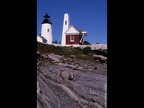 photomaster - Tuesday 14 March 2017 08:14
photomaster - Tuesday 14 March 2017 08:14 -
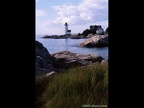 photomaster - Tuesday 14 March 2017 08:04
photomaster - Tuesday 14 March 2017 08:04 -
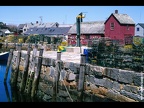 photomaster - Tuesday 14 March 2017 07:59
photomaster - Tuesday 14 March 2017 07:59 -
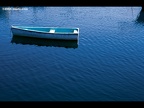 photomaster - Tuesday 14 March 2017 07:59
photomaster - Tuesday 14 March 2017 07:59 -
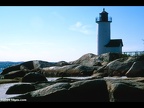 photomaster - Tuesday 14 March 2017 07:58
photomaster - Tuesday 14 March 2017 07:58
